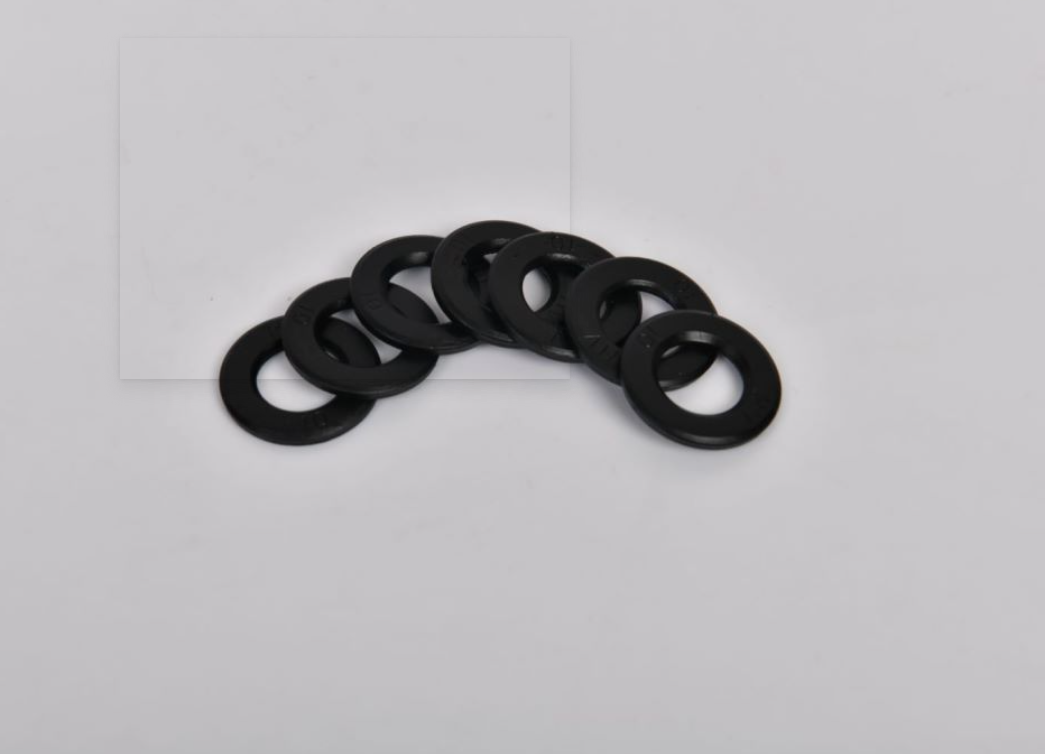Flat Washer Size Specifications and Applications for Various Industries
Understanding Flat Washer Dimensions A Comprehensive Guide
Flat washers are simple yet essential components used in various applications, including construction, automotive, and machinery. Their primary function is to distribute the load of a threaded fastener, such as a bolt or screw, and to prevent damage to the surface being fastened. Given their importance in ensuring the reliability and durability of connections, understanding flat washer dimensions is crucial for engineers, technicians, and DIY enthusiasts alike.
What Are Flat Washers?
A flat washer is a thin, disc-shaped piece of metal or plastic with a hole in the center, designed to fit over a bolt or screw. They come in various materials, including stainless steel, zinc-plated steel, and nylon, each serving different applications depending on environmental factors and mechanical requirements. The simple design of flat washers allows them to provide a larger surface area for load distribution, reduce friction, and prevent loosening from vibrations.
Importance of Dimensions
Flat washer dimensions are critical for ensuring that they fit correctly alongside the fasteners and the surfaces they are meant to protect. The main dimensions to consider include
1. Outer Diameter (OD) This is the total diameter of the washer from one edge to the opposite edge. A larger outer diameter helps distribute the load over a wider area, which can be particularly useful when fastening softer materials that are prone to deformation.
2. Inner Diameter (ID) The inner diameter corresponds to the size of the hole at the center of the washer. It must match the diameter of the bolt or screw it is intended to accompany. An incorrect inner diameter can lead to either an insufficient fit, causing instability, or an overly tight fit, which may damage the bolt or nut.
3. Thickness The thickness of a washer can influence its strength and the compressive load capacity. Thicker washers are typically more robust and are suited for heavier applications. However, in designs where space is limited, thinner washers might be necessary.
4. Material Type While not a physical dimension, the material significantly impacts overall performance, including tensile strength, corrosion resistance, and temperature tolerance.
Common Standards and Sizes
flat washer dimensions product

Flat washers come in various standard sizes to accommodate different types of fasteners. The most common standards include
- ASTM and DIN These standards dictate the dimensions and tolerances for washers in various applications. For instance, the DIN 125 standard specifies round flat washers of various sizes and thicknesses for metric bolts.
- Imperial vs. Metric Washers are available in both imperial (inches) and metric (millimeters) sizes. Knowing whether to use imperial or metric washers is crucial, particularly in international projects.
Selecting the Right Flat Washer
Choosing the right flat washer involves considering several factors
1. Load Requirements Assess the load that the application will experience. High-load applications necessitate larger and thicker washers.
2. Material Compatibility Match the washer material with that of the bolt or the surface to prevent galvanic corrosion.
3. Environmental Conditions For outdoor or corrosive environments, opt for washers made of stainless steel or coated materials for enhanced durability.
4. Assembly Considerations For specialized applications, such as those requiring vibration resistance, consider using lock washers or other fasteners in conjunction with flat washers.
Conclusion
Flat washers, though often overlooked, play a vital role in ensuring the integrity of connections in numerous applications. By understanding flat washer dimensions—outer diameter, inner diameter, thickness, and material—you can make informed decisions that enhance the effectiveness and durability of your projects. Whether you are a professional in the industry or an enthusiastic DIYer, mastering the specifications of flat washers will ensure that you achieve optimal performance and safety in your fastened assemblies. Always refer to specifications and standards for guidance, and never hesitate to consult with a supplier or engineer when in doubt. Proper selection and installation of flat washers can lead to significant improvements in the lifespan and reliability of your mechanical assemblies.
-
Top Choices for Plasterboard FixingNewsDec.26,2024
-
The Versatility of Specialty WashersNewsDec.26,2024
-
Secure Your ProjectsNewsDec.26,2024
-
Essential Screws for Chipboard Flooring ProjectsNewsDec.26,2024
-
Choosing the Right Drywall ScrewsNewsDec.26,2024
-
Black Phosphate Screws for Superior PerformanceNewsDec.26,2024
-
The Versatile Choice of Nylon Flat Washers for Your NeedsNewsDec.18,2024










